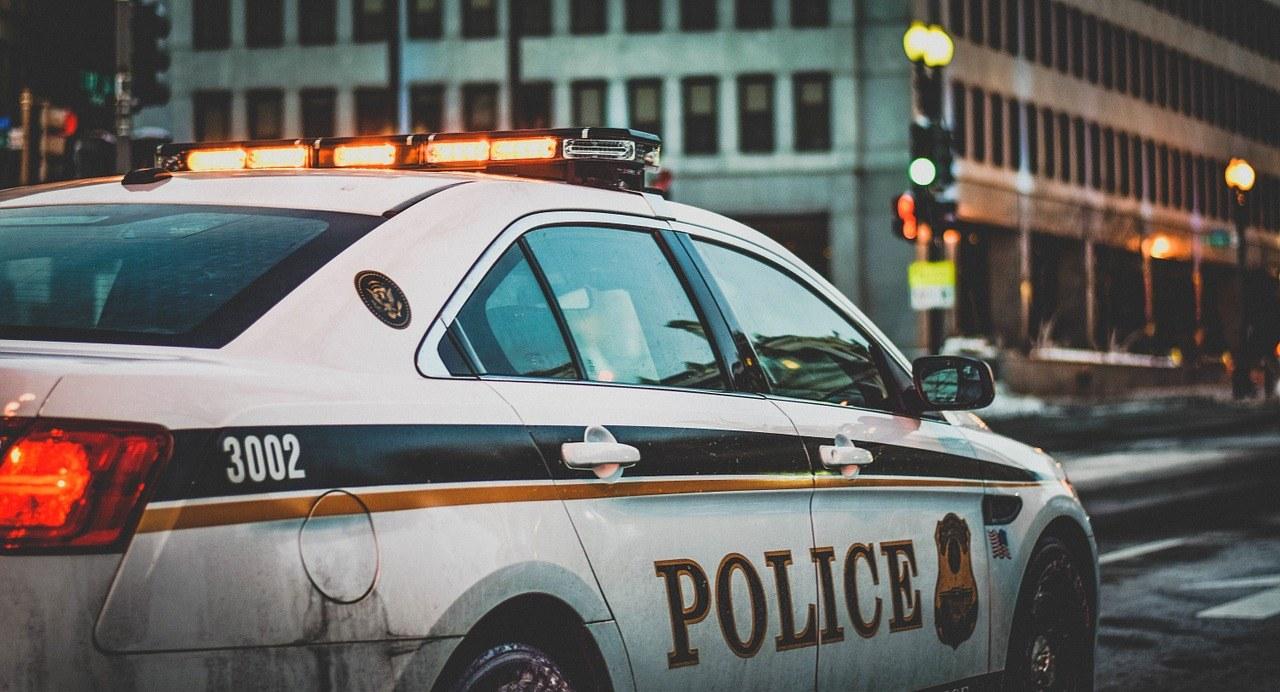
The U.S. Department of Justice is committing $750,000 to establish a national database of police-related shootings.
It will be the first of its kind and, said Federal Bureau of Investigation Director James B. Comey, aims to resolve an "embarrassing" predicament: The federal government often lacks up-to-date information on police-involved shootings.
In many of those instances, Comey noted, the government is forced to turn to media sources and the public to get an accurate picture of just how many police shootings occurred in a given period of time.
Comey admitted that the lack of a federal record-keeping system makes "informed discussion" about the numbers and circumstances surrounding police shootings of black suspects difficult. "[We] don't have the data," he acknowledged.
"People have data about who went to a movie last weekend, or how many books were sold, or how many cases of the flu walked into the emergency room,” he said. “And I cannot tell you how many people were shot by police in the United States last month, last year or anything about the demographic. And that’s a very bad place to be."
The database is due to go live next year and will rely on information supplied by state, local and federal agencies, including the Drug Enforcement Administration; the Federal Bureau of Alcohol, Tobacco, Firearms and Explosives; the Marshals Service; and the FBI. Federal in-custody deaths, including suicides and natural deaths, will be included as well. Reporting non-lethal encounters won't be mandatory, the DOJ says. But the department says it hopes local police authorities will voluntarily report that information.
The DOJ's plan faced criticism from civil rights advocates, including the American Civil Liberties Union, which said that even though a federal law was passed in 2014 requiring agencies to report in-custody deaths to the federal government, the DOJ has yet to disclose how it would impose penalties to agencies that violate the law. Under the Deaths in Custody Reporting Act (DICRA), the Attorney General has the power to impose financial penalties against agencies that don't report. It has yet to come up with a plan to do so.
"The financial penalty is critical to successful implementation of DICRA as voluntary reporting programs on police-community encounters have failed," a group of civil rights groups, including the ACLU, wrote in a letter to the DOJ earlier this month. "Reportedly, only 224 of the more than 18,000 law enforcement agencies reported approximately 444 fatal police shootings to the Federal Bureau of Investigation (FBI) in 2014, though we have reason to believe that annual numbers of people killed by police exceed 1,000."
The federal government isn't the only one missing data, however. According to a study conducted by researchers at the University of Texas, both California and Texas have laws that require law enforcement agencies to report officer-involved shooting deaths. But as many as 660 use-of-force deaths went unreported in Texas and California (220 in Texas and 440 in California), according to the study. In Texas, the deaths include two mentally ill individuals shot in 2007.
The researchers note the agencies that had the most unreported use-of-force deaths weren't small, rural agencies, but large metropolitan police forces. Houston, Los Angeles and Fresno police departments were found to be the most deficient in reporting officer-involved deaths.
The new federal reporting requirement is the result of recommendations made by a commission convened by President Barack Obama in 2014. The commission was tasked with finding ways to improve communication and reduce tensions between communities and the law enforcement agencies in their area.
Image credit: Pixabay
Jan Lee is a former news editor and award-winning editorial writer whose non-fiction and fiction have been published in the U.S., Canada, Mexico, the U.K. and Australia. Her articles and posts can be found on TriplePundit, JustMeans, and her blog, The Multicultural Jew, as well as other publications. She currently splits her residence between the city of Vancouver, British Columbia and the rural farmlands of Idaho.














